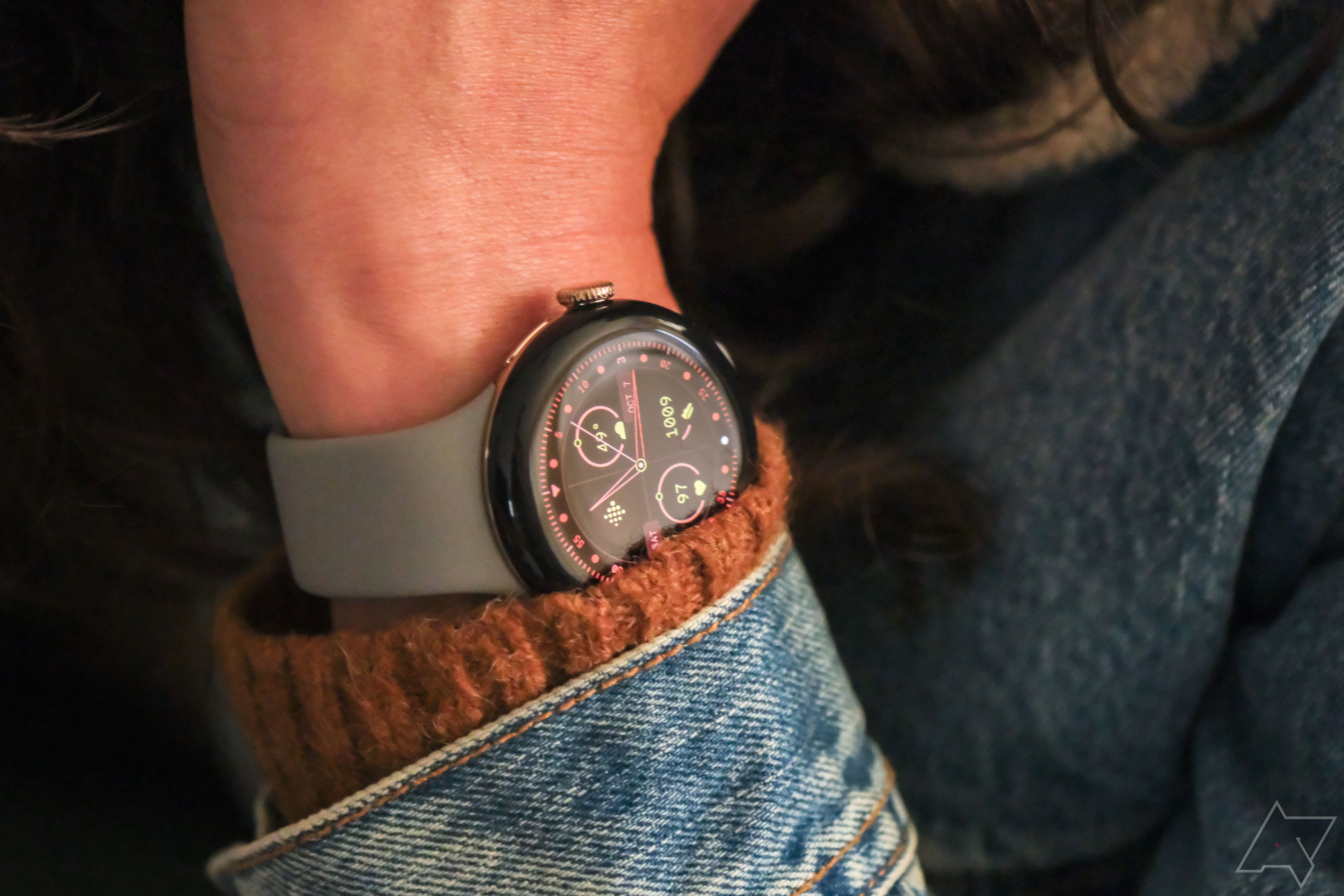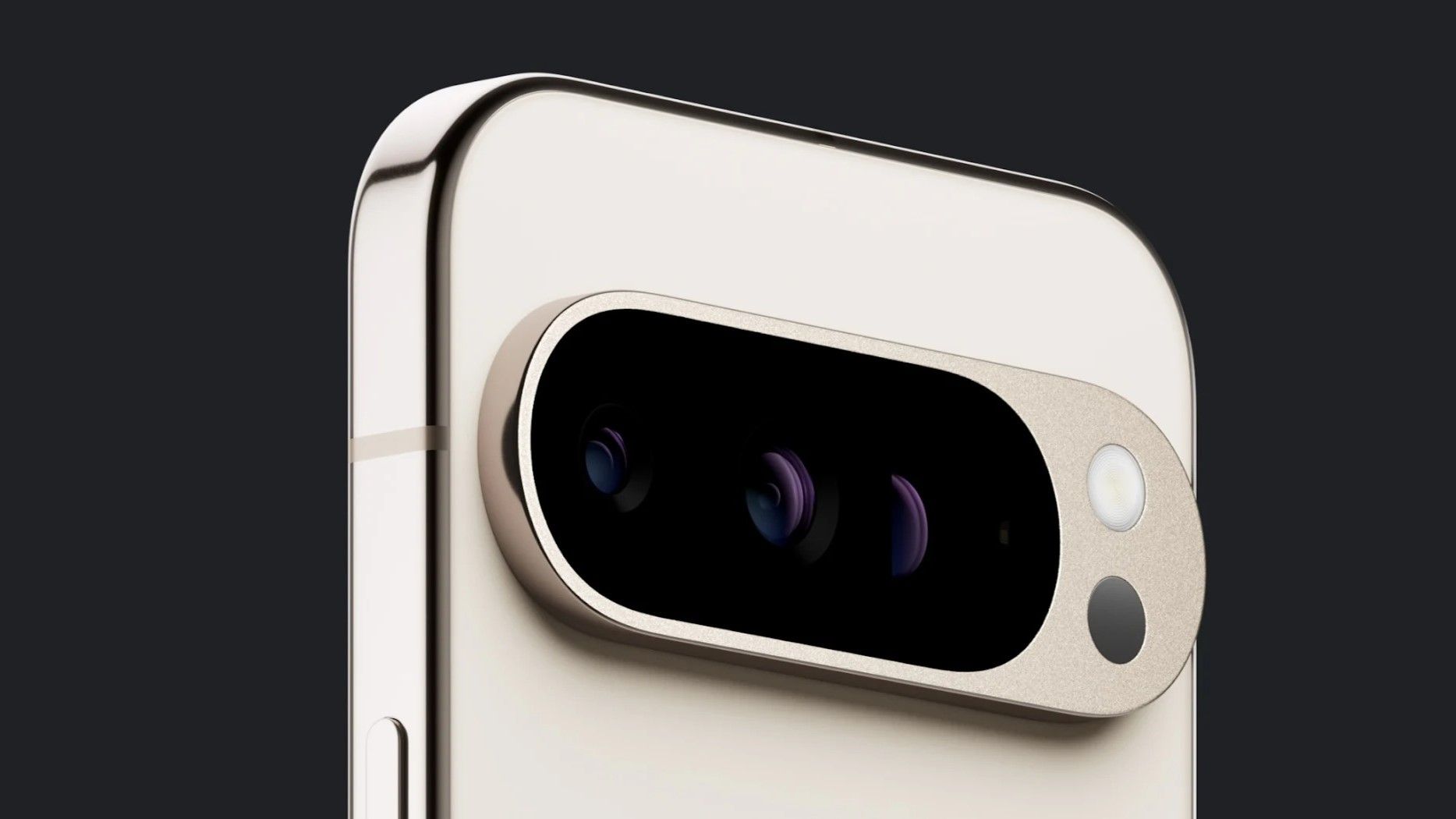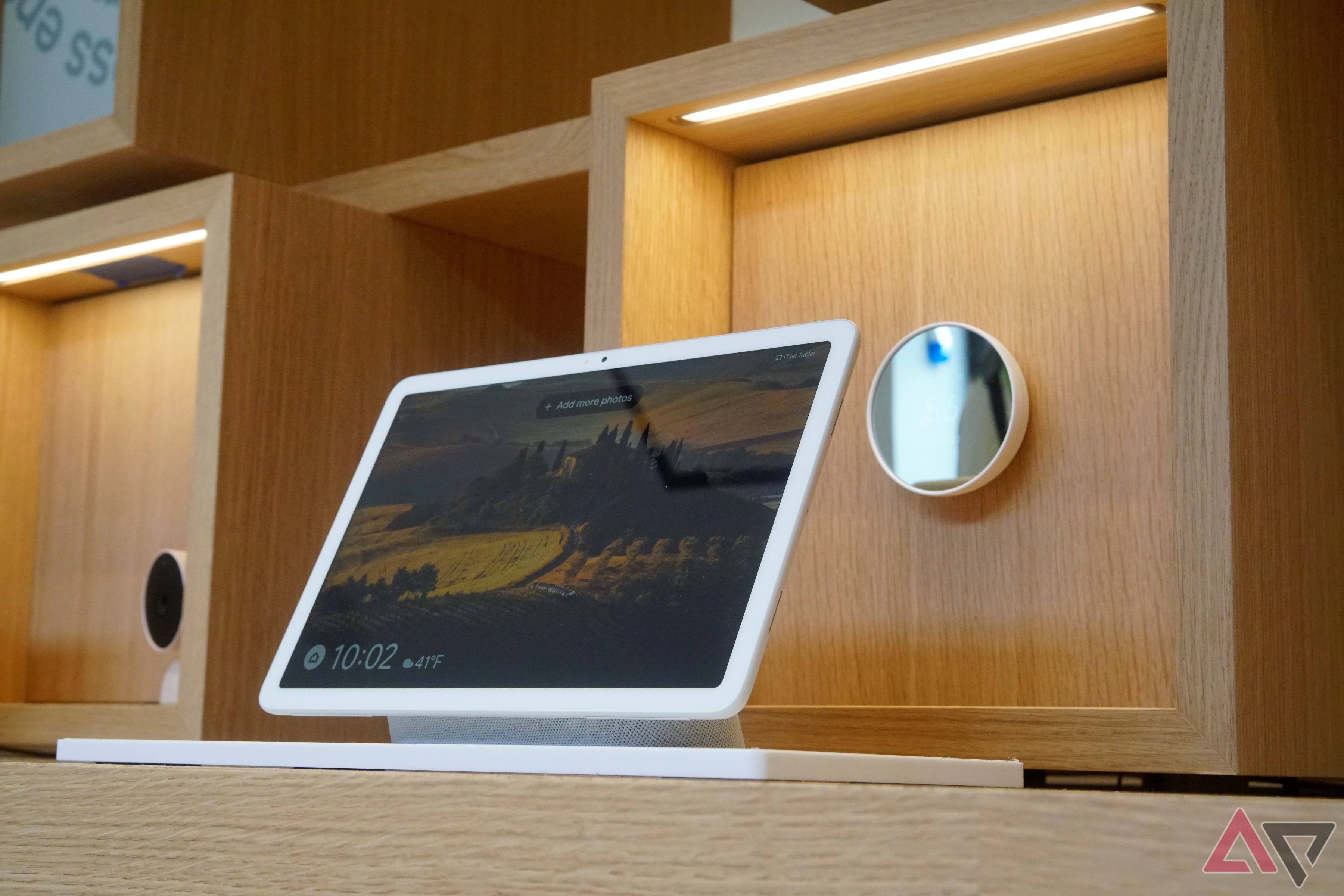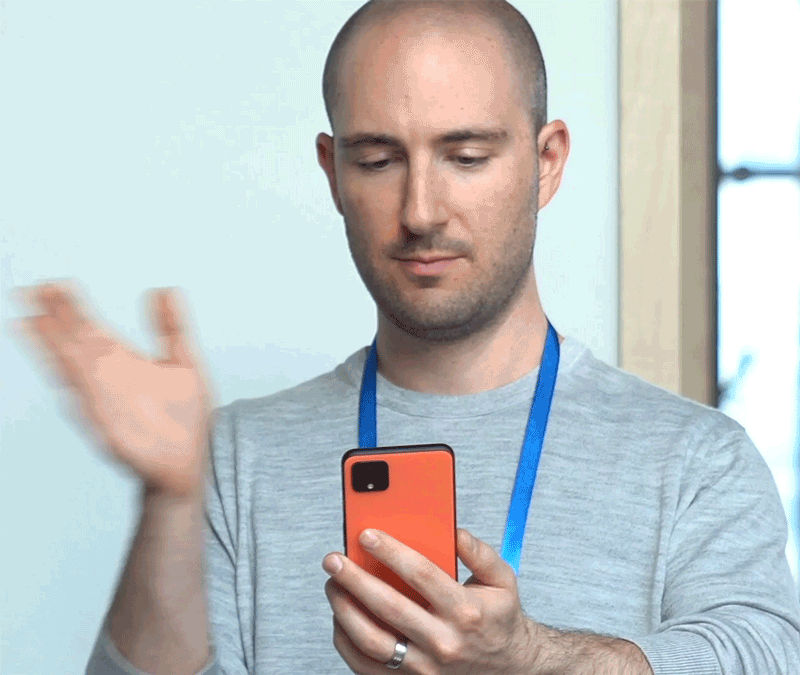Google’s Soli sensor appeared in the newest version of the tech giant’s Nest Learning Thermostat, hinting once again the sensor might not be destined for mobile use any time soon.
Google’s Advanced Technology and Projects (ATAP) team unveiled the tech marvel in 2015 through a promo video displaying its possible use in smartwatches (although it has yet to debut with a Pixel Watch). The sensor detects gestures and movements through low-energy radar waves but doesn’t use a camera or collect distinguishable images of a person.

Related
5 Pixel Watch 3 improvements I would love to see
Time for a makeover!
Soli’s use in consumer products dates back years
Soli recently appeared on Google’s Nest Learning Thermostat. The device (now in its fourth generation) uses Soli through Dynamic Farsight. The feature shows weather-related information, such as air quality, when it senses a user is nearby.
This isn’t the first smart home device to feature Soli. The technology was featured in the Nest Thermostat, which came out in 2020, through Motion Sense. Google also added the Soli-powered feature to the second-generation Google Nest Hub, allowing users to activate Quick Gestures. This lets users do things like pause a video or dismiss an alarm without touching the screen or using verbal commands.
The anticipated drop of Motion Sense
Pixel 4’s time to shine
Neither of the smart home devices was the first to use Soli. That came through the release of the Google Pixel 4 and Pixel 4 XL. The mobile devices were the first to feature the Soli-powered Motion Sense. It could tell when someone was close to the device, activating always-on display when appropriate. Motion Sense also allowed users to wave a hand in front of the device to skip a song, silence a phone call, and unlock the phone when they picked it up.
Google’s Soli-free Pixel phones
The excitement surrounding Soli was short-lived, as the Pixel 4 remains the only smartphone in Google’s arsenal to use Motion Sense. The tech giant has released more than a dozen smartphones following the October 2019 release of the Pixel 4 and no longer provides support for this series, which received its last update for Android 13 in October 2022.
11:52

Related
The Wild West of Google’s Pixel series [Video]
We’re taking a look back at the Google Pixel line’s history from 2016 to now
Soli’s continued absence
There could be various reasons for the absence of Soli and Motion Sense for subsequent Pixel devices. Motion Sense didn’t work well for those using the Pixel 4 series. Google rolled out updates to address the issues, but they remained persistent.
Even if the company could iron out all the kinks associated with Motion Sense, it may not be able to fix the regulatory issues attached to the feature. When Google released the Pixel 4 series in 2019 to markets worldwide, it excluded India, as the company didn’t gain the government’s approval.
Soli’s functioning relied on the 60GHz frequency band, which Google couldn’t secure in India. A frequency band refers to radio frequencies that transmit a wireless signal over a network. Bands are assigned to different applications for different purposes.
In the US, the 60GHz band is unlicensed and open for commercial use. The Federal Communications Commission unlicensed the mmWave spectrum (bands between 57GHz and 64GHz) in 1994. Australia, New Zealand, Canada, and several European countries are also on the list. India is one of several countries not included. The country doesn’t allow for commercial use of the 60GHz frequency band and reserves it for government and military use.

Related
Google Pixel 9: News, leaks, rumored price, and release window
Google’s biggest mobile shakeup since Tensor is almost here
No signs of Soli in the Pixel 9 series
Google will release its newest lineup of smartphones at the Made By Google event in August 2024. Rumors point to several features and specs, but none of them mention the use of Soli. Only time will tell if Google will use its Soli radar in future versions of its smartphones. In the meantime, the fourth-generation Nest Learning Thermostat, which comes nearly nine years after its predecessor, will launch on August 20, 2024. Google’s website states this product will arrive in Canada and the US (except Puerto Rico).
Source link


